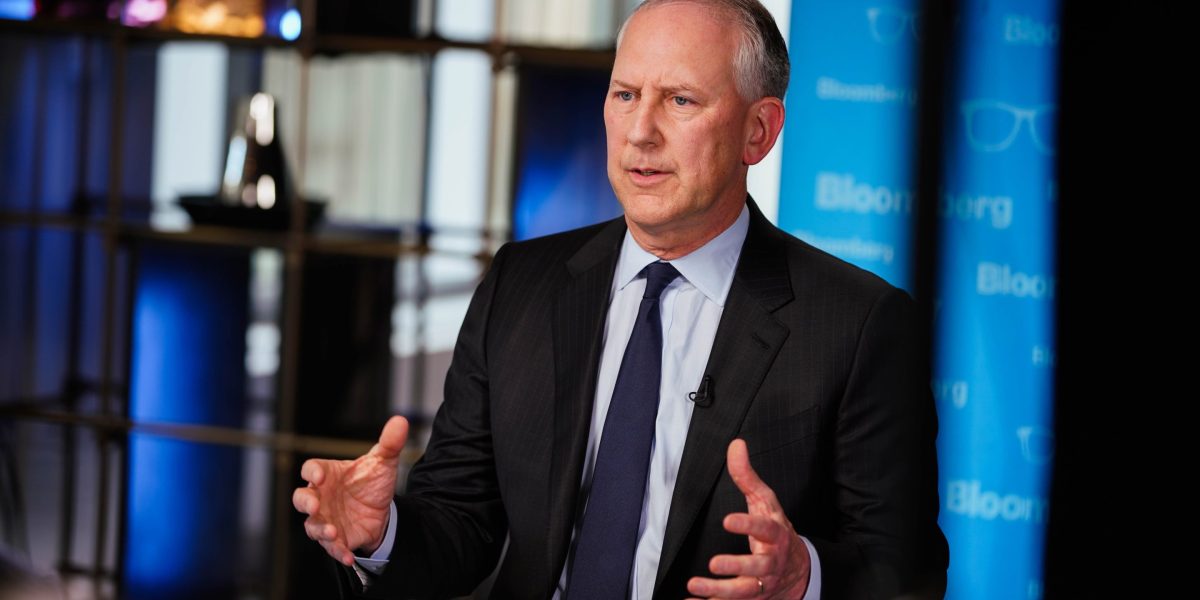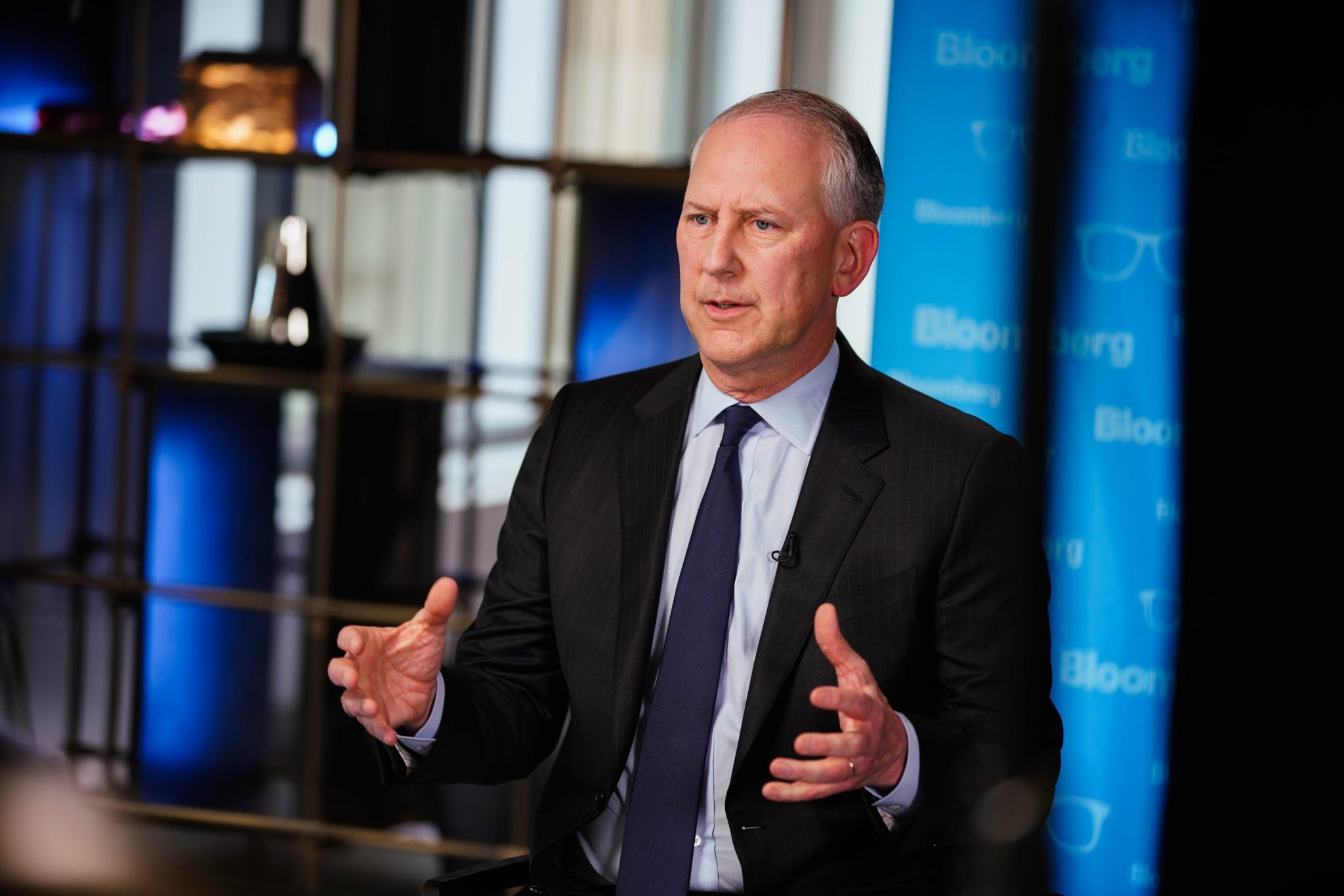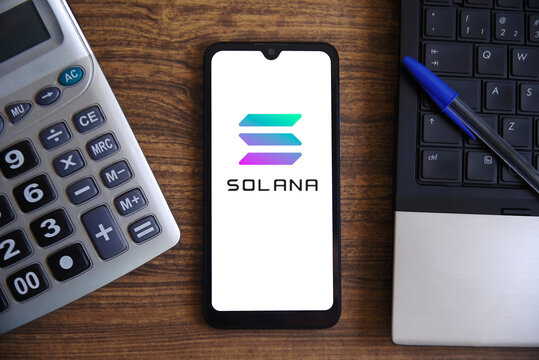AIG to acquire the majority of renewal rights to Everest Group’s global retail insurance portfolio in $2 billion deal


Insurance giant AIG is set to acquire the renewal rights for the majority of Everest Group’s global retail insurance portfolio worth $2 billion in premiums, sources with intimate knowledge of the deal told Fortune.
The agreement with Everest, one of the world’s largest reinsurance and insurance solutions firms, is part of AIG CEO Peter Zaffino’s transformation effort at the century-old insurance company. It will also ease Everest’s loss reserve management issues after it underestimated claim costs in its U.S. casualty insurance business, leaving the firm in need of capital.
Insiders say that AIG expects to begin writing policies for existing North America Everest clients by the start of 2026. As for clients in the European Union, AIG is positioned to begin working on that portfolio during Q1 of 2026, depending on regulatory approvals.
AIG, a $44 billion insurance company, already serves more than 88 million commercial and personal customers worldwide, operating in more than 200 countries and jurisdictions. Everest also serves millions of policy holders, but is substantially smaller, valued at approximately $14.5 billion.
Meanwhile, Everest has hired multiple senior executives from AIG in recent years including the company’s former legal chief Anthony Vidovich, who was named executive vice president and general counsel of Everest on Oct. 16.
The Everest deal, insiders say, did not require AIG to seek out external capital or take on debt. And while AIG will obtain the portfolio and client relationships within the deal, all existing liabilities and prior exposures will remain with Everest. This specification will allow AIG to gain access to customers and future business without inheriting responsibility for claims and obligations from policies written before the transaction closed.
The move will significantly advance AIG’s portfolio growth in general insurance, a facet which, under Zaffino’s leadership, has demonstrated consistent growth. In 2024, the company wrote $23.9 billion in insurance premiums, up 6% year over year on a comparable basis. New business in 2024 reached $4.5 billion, a 9% increase. The company’s Q1 and Q2 earnings show potential further promise. New premiums written in Q1 were up 8% on a comparable basis, bringing in $4.5 billion, with Q2 premiums generating $6.9 billion.
Growth potential and avoidance of additional financial risk are particularly important to Zaffino’s vision and turnaround of AIG. The company has faced an uphill battle following its involvement in the 2008 global financial crisis. Leading up to 2008, AIG entered into enormous volumes of largely unhedged credit default swaps, insuring more than $440 billion in assets, including $57.8 billion backed by risky subprime mortgages.
When the subprime mortgage market collapsed, AIG faced huge losses and had to pay out on the credit default contracts. As investors and counterparties demanded collateral, the company’s liquidity evaporated, requiring a $182 billion government bailout, in exchange for an equity stake.
In the decade that followed, the insurer lost more than $30 billion in underwriting—a sign of excess capital, poor risk controls, and a lack of accountability for underwriting outcomes—and endured several CEO changes.
When Zaffino became CEO in 2021, AIG had undergone massive downsizing, asset sales, and management churn, but lingering operational inefficiencies and poor profitability, especially in underwriting, remained.
Since taking over, Zaffino has led an aggressive transformation strategy focused on disciplined underwriting, operational streamlining, and technological modernization. AIG has divested non-core units, reduced its risk exposure by over $1 trillion, and invested in AI capabilities. Those include partnerships with Anthropic and Palantir to build AI-driven risk assessment and operational tools aimed at improving underwriting precision and claims efficiency.
AIG’s financial performance has markedly improved, with analysts describing it as a “different company” compared to past years. In Q2 2025, the firm reported a $1.1 billion profit, reversing a $4 billion loss a year earlier which mainly reflected the deconsolidation of Corebridge Financial, a life insurance and retirement solutions provider, and other portfolio changes. Adjusted after-tax income rose 56% year over year, and AIG’s earnings per share of $1.81 beat the forecast of $1.60, while revenue of $6.88 billion surpassed the expected $6.78 billion.





